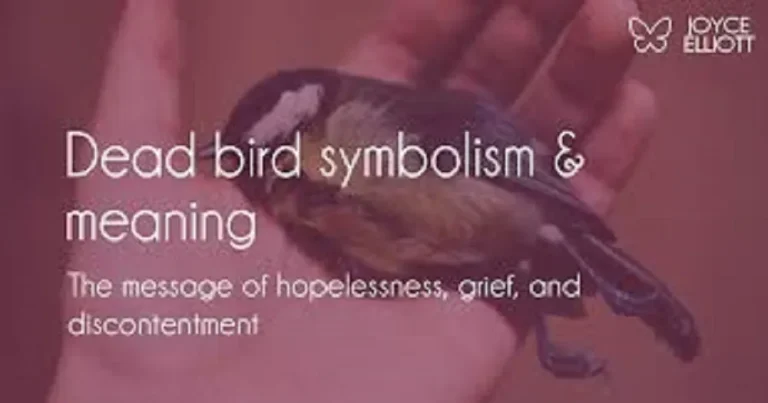In the ever-evolving landscape of advanced media, images and symbols take on modern influences and translations with each passing day. One such figure that has drawn critical attention is the express “Dead Dove Meaning.” Although it may initially sound like an innocuous or really strange image, the “dead dove” has become an increasingly prominent cautionary image in various online settings. This article investigates the importance of the “dead dove” image, its roots, and its use as a warning in computerized media.

